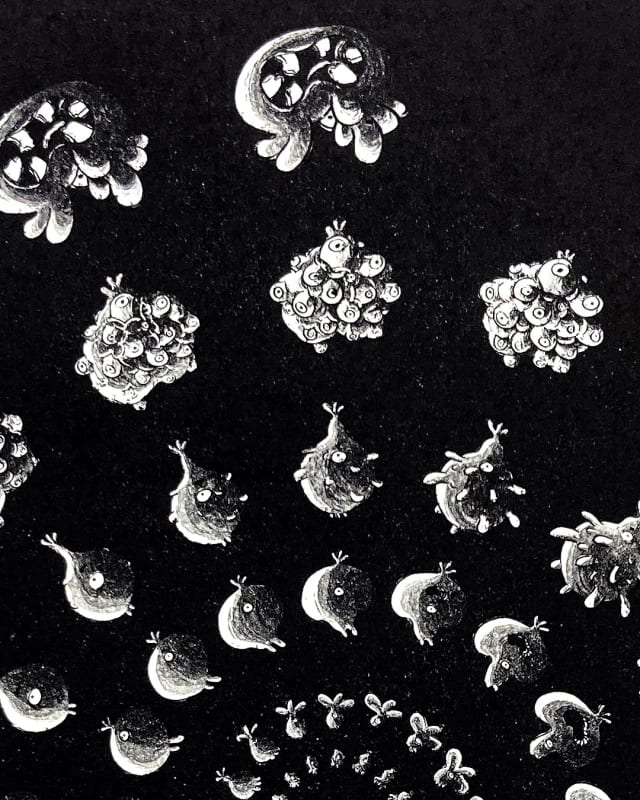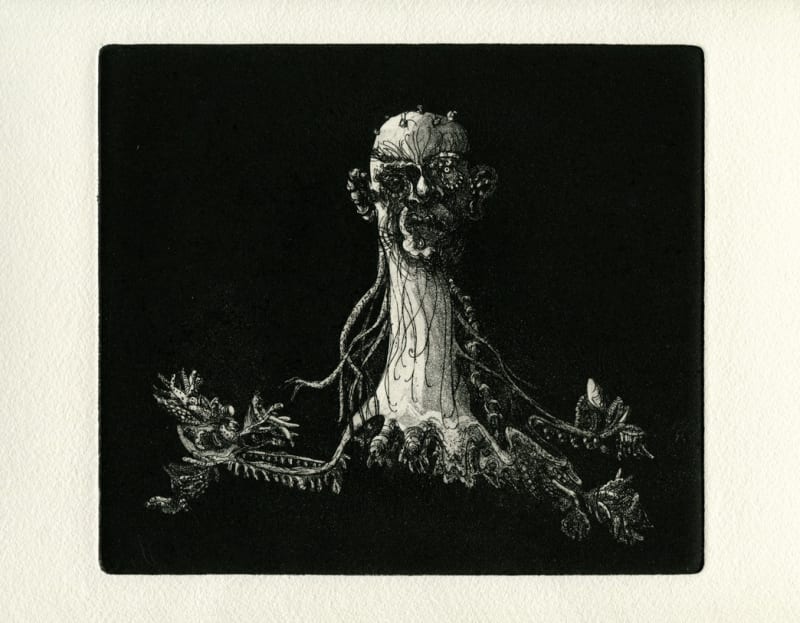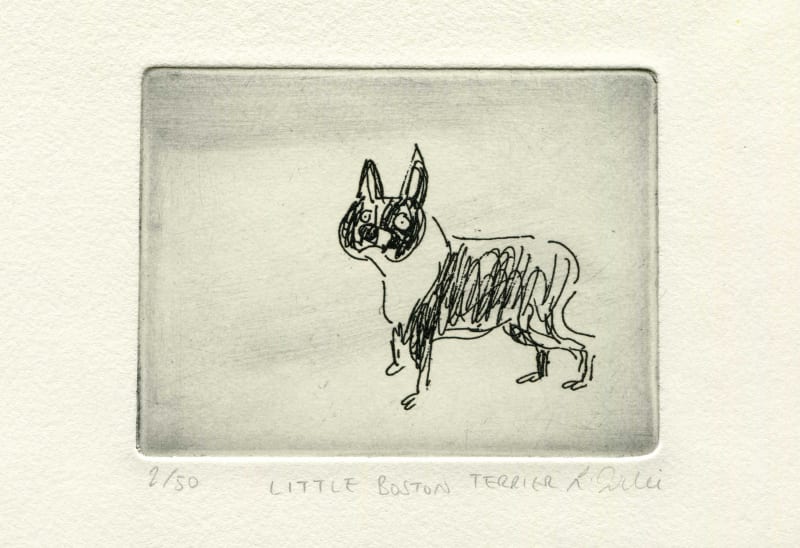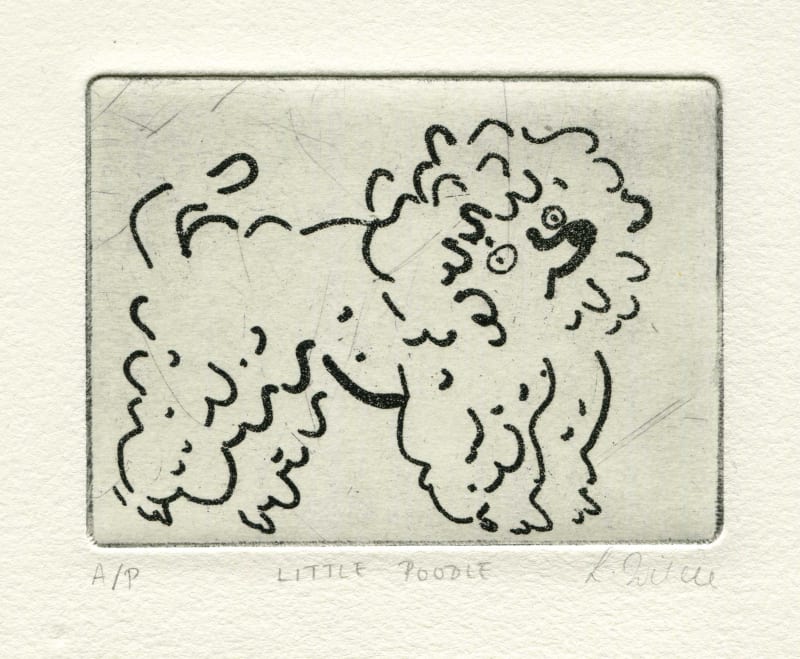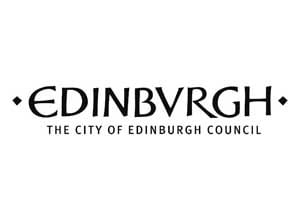A selection of prints by Louise Wilde are available in the shop.
Originally from the outskirts of Manchester, I moved to Edinburgh from London in 2015 and I signed up for a traditional etching course taught by Jessica Crisp in 2016.
I used etching processes on my foundation course in art and design but my work took a different direction and I went onto study an MA in Animation Direction at the Royal College of Art where I experimented with frame by frame animation processes, such as scratching into and painting directly onto 16 mm frame stock. I then worked as an animator and animation director but after a number of years of working digitally I craved using traditional drawing tools and approaches. I eventually undertook the Postgraduate Drawing Course at the Royal Drawing School where I rediscovered my love of intaglio printmaking processes including dry-point, chemical, sugar lift and aquatint etching methods.
When I first saw the way Rembrandt had created alternative print states from the same etching plate ('The Three Crosses') by drawing into, burnishing away, inking and wiping the surface I could see a direct correlation between etching and experimental frame-by-frame filmmaking so both processes feel familiar yet exciting. I've begun to explore some of this in my own work such as additive and reductive drypoint etching.
Drawing plays a vital role in my practice. I regularly draw from observation, memory and the imagination to aid my research, explore ideas, illustrate concepts and design new characters. I particularly enjoy using gestural, expressive yet simple drawing methods to pull out and distil the personality within a designed character.
Over the last few years I seem to have developed two approaches to making traditional print-based work:
The first is based on my observational drawings of animals. I love the challenge of drawing animals in movement -it forces me to really look, see and record the form in a few drawn marks. I (accidently) project my own thoughts and emotions onto the subject so the image often becomes anthropomorphised. I used to find this frustrating but I now accept that it's part of my process.
I draw a lot so I tend to use copier paper or used paper that would usually be recycled including envelopes, paper bags and the backs of old printed documents. I often use Photo Etching (and more recently Photo Lithography) to make animal-based prints as it allows me to transfer my quick, gestural drawings directly onto an etching plate. Creating etching prints from an original drawing enables me to make a tangible record of work that was originally made in a fleeting moment and breathes new life into the subject.
I've also drawn directly onto lithographic stone to create original prints which I hope to expand on in the future.
My second approach is based on drawings made from my imagination, memory and subconscious. This dark, introspective work enables me to explore a cast of strange, weird and grotesque characters. I've been mainly using traditional etching methods to explore this 'other world' including the use of aquatint to build up tone which gives the image an eerie, dreamlike quality.
Additionally my interest in traditional printmaking processes combined with early cinema techniques has evolved into a key theme within my practice and I'm currently working on a series of sequential-based prints that will be animated in 'real time' by using the same scientific principles and building on the legacy of Victorian pre-cinema optical toy devices such as the zoetrope.
Every time I work at EP I learn something new, either through the printmaking process, from other members, from the studio technicians and from other members of staff. And since moving away from London in 2015, Edinburgh Printmakers has enabled me to become part of a community of artists where I have built many valuable and long lasting friendships along the way.

